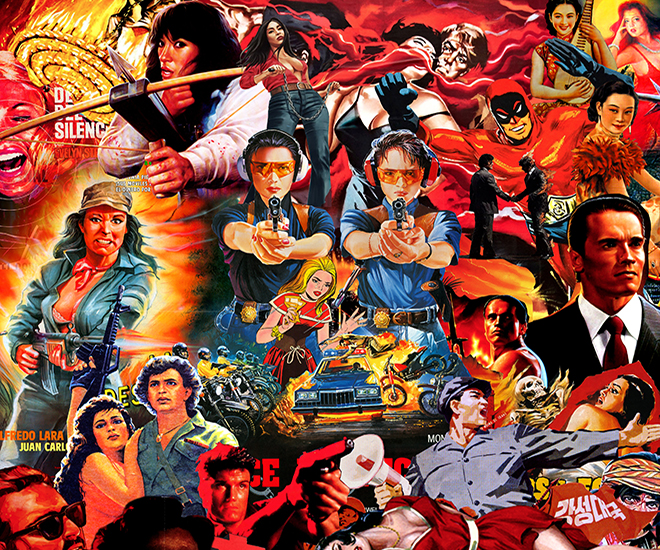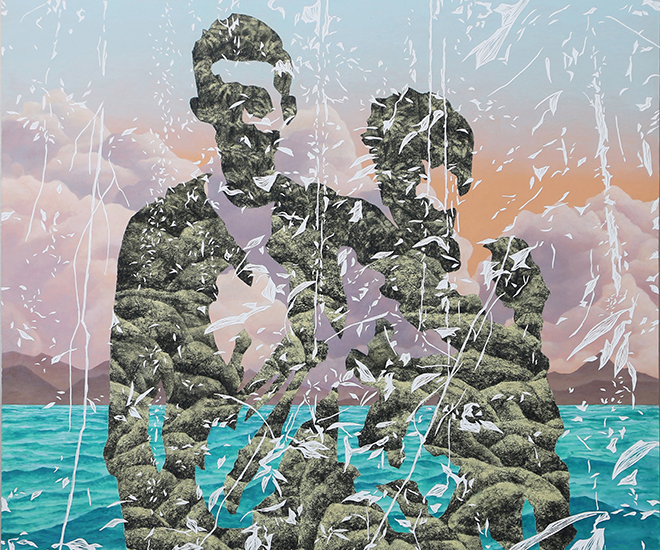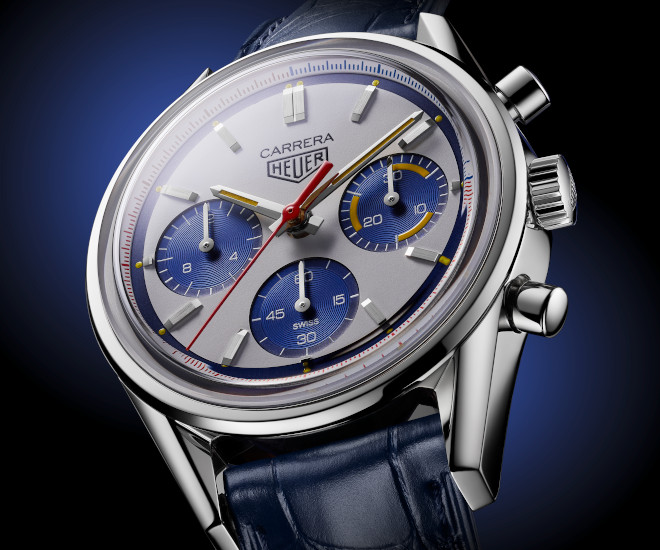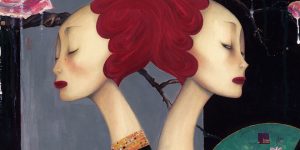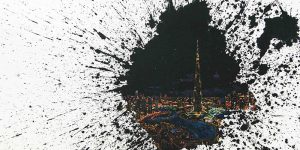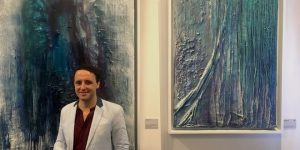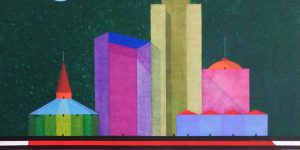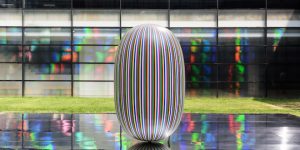Miaja Gallery ‘Equilibrium’: Fantastic Four
A look at Miaja Gallery’s ongoing group exhibition, ‘Equilibrium’ that showcases the works of four artists.
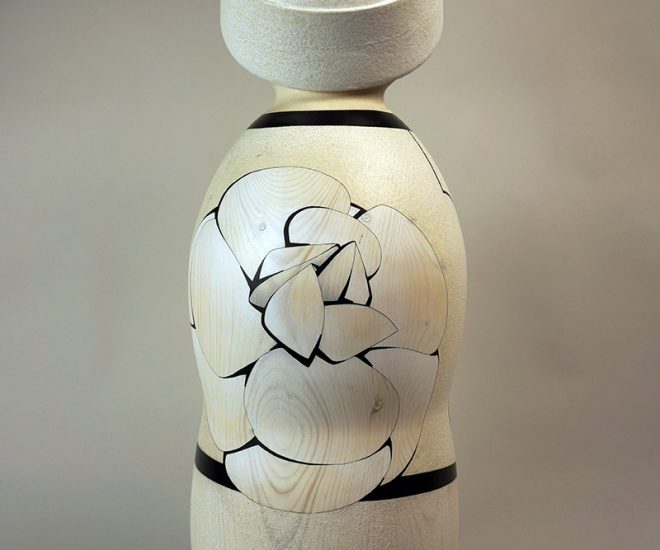
A state in which opposing forces or influences are balanced, equilibrium, both in the sense of the word and the title of Miaja Gallery’s latest group exhibition, ongoing till December 2, 2016, calls forth the energetic works of four artists to explore the intricate nuances of kinetic art – Christel Sadde, Pénélope, Thomas Maurer and Xylobee. “From delicate hanging mobiles, fabricated from precious woods and metals, to rotating totems that connect story-telling imagery when aligned, ‘Equilibrium’ showcases a collection of works which come together as the apotheosis of balance in motion,” notes Gallery Director Naomi Stahl.

Volabile K213, Christel Sadde
Christel Sadde is an independent Parisian artist who creates mobile sculptures and moving art objects called ‘Volabiles’ – a combination of ‘mobile’ and ‘volatile’. Her work resembles kinetic art, likened to the works of the great Alexander Calder but inspired by different shapes and forms. Her mobiles are not only suspended objects but also meticulous and complex exercises in balance. They come to life in the light and the wind, becoming living things which are fed by the air. Supported by delicate rods, Sadde chooses aluminium as her material because of its lightness, the ease with which it could be cut and the quality of the deep and lasting colours that could be obtained by impregnating the material with the dye.

Wings of Desire (detailed view), Pénélope
Pénélope was born in Paris, her father was a graphic designer and her mother a stylist. Since then she has never stopped drawing or being creative. After graduating at the National School of Arts Appliqués et Métiers d’Art in Paris, Pénélope has been an Art Director at TBWA Advertising for eight years. She is the author of dozens of books and has had over fifty exhibitions across Paris, Bordeaux, Lille, Rennes, Lorient, Montpellier, and Toulouse. When she is not busy drawing or creating, she frequents flea markets, hunting for antiques, or roams the streets of Venise.

Untitled Abstract #1 (detailed view), Thomas Maurer
Thomas Maurer is a German-born Australian with a degree from Berlin School of Contemporary Art. He is an artist who works with two-dimensional sheets of flat aluminum to create three-dimensional optical illusions. He creates these illusions using nothing but the material itself and an angle grinder, producing a strong effect of motion, seductively enhanced by lighting. Maurer’s art is inspired by life’s constant changes, light and movement, and can be described as a dialogue between the two dimensional art pieces and the lighting required to create three-dimensional images. These pieces are powerful as they play with the viewer’s mind and make them question their perception.

Striped Star, Xylobee
Auréline Dupuy (aka Xylobee) was born in Lyon, France. Her design and art studio Xylobee was created in 2009 as way for Dupuy to dedicate herself thoroughly to her one and only love: Wood. This primordial material is used in all of its forms in her work. From raw tree trunks to sawdust, always warm and sensual, wood is an essential formal link between man and earth. Among the first creations to come out of the studio’s atelier were ‘Xylodolls’, hand-turned wooden anthropomorphic toy-like sculptures. Occupying a space between art and design, Dupuy’s collaboration with renowned Singapore-based interior designer Isabelle Miaja spawned ‘Rototems’, wooden pillar-like geometric man-high sculptures made of five stacked rotating cubes. Three ‘Rototems’ are currently standing in the Novotel Mumbai Hotel lobby.
*For more information, please visit www.miajagallery.com
This article was first published in Art Republik.
